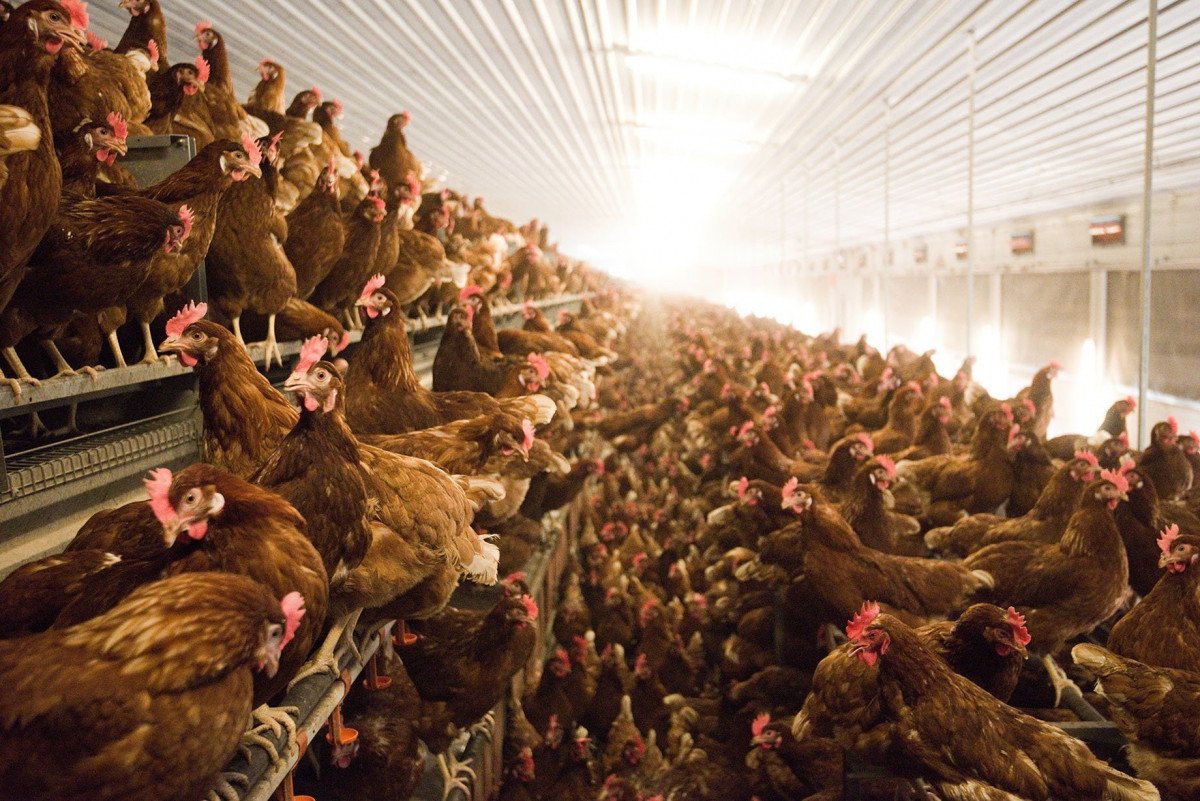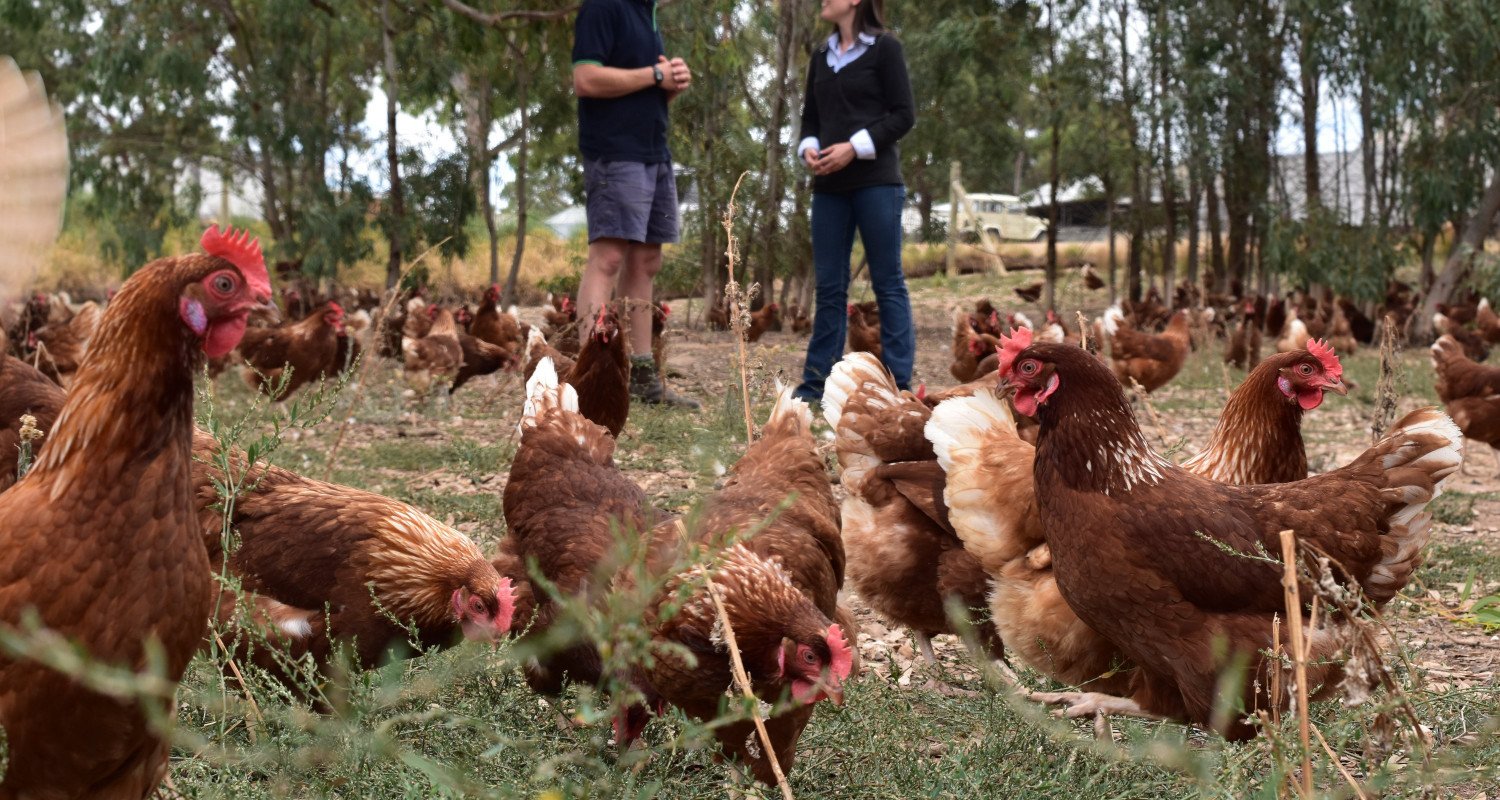
Determining the cause and methods of control for ‘Spotty Liver Disease’
- Organisation Scolexia, RMIT
- Full Report
- Publication
- Researchers P.C. Scott, R. Moore and T. Wilson
- Categories
Determining the cause and methods of control for ‘Spotty Liver Disease’
This project aimed to identify the causative agent of Spotty Liver Disease, in order to improve productivity of commercial layers placed in alternative systems without the need for antibiotics.

This project aimed to identify the causative agent of Spotty Liver Disease (SLD) by both molecular and in vitro techniques, and to assess treatment and control options in the field.
The study involved a literature review, and the investigation of field cases and sampling from both affected birds and those in another shed on the same farm, which were not affected.
These samples were used to examine the histopathology of affected birds, to undertake genetic analysis of the gut flora of affected and control birds, to examine possible cell-toxicity of sera from affected birds, and to undertake challenge studies to attempt to reproduce the disease.
The project found that:
- In the two challenge studies conducted using intestinal and caecal contents from affected birds, the condition was not induced in challenged birds.
- Cell toxicity studies did not indicate any toxic effects of serum from affected birds.
- Metagenomic studies were undertaken comparing intestinal and caecal contents from affected and control birds and a Helicobacter pullorum like organism was shown to be more prevalent in the gut flora of the affected birds than that of control birds.
- It was observed that many outbreaks are related disruptions in bird husbandry particular as it relates to feed intake, formulation and availability.
- The use of medium chain organic acids in the diet from the time of transfer to the production sheds, combined with stable management routines and feeding programs results in a lower incidence of outbreaks and an amelioration of the severity of outbreaks when they occur.
